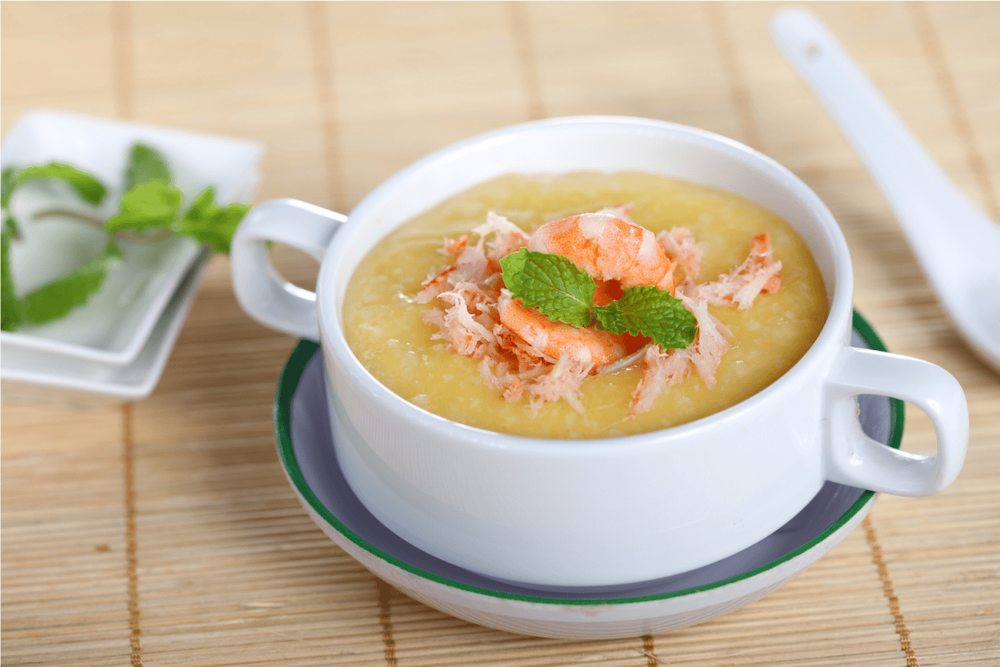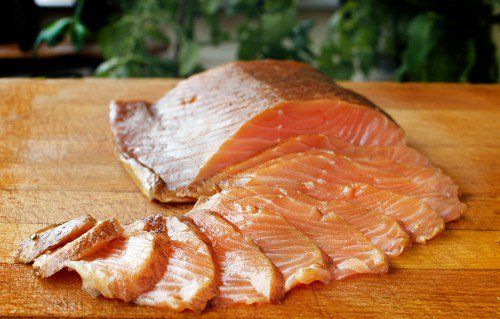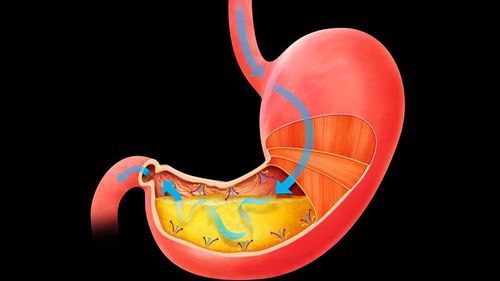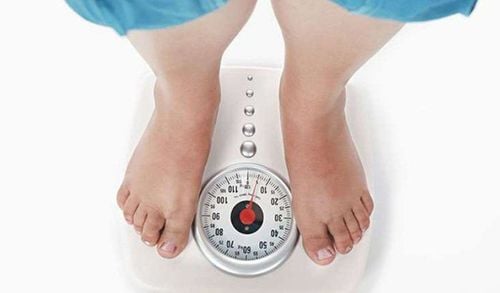This is an automatically translated article.
The article is professionally consulted by Resident Doctor Ho Thi Hong Tho - Neonatologist - Pediatrics - Neonatology Department - Vinmec Phu Quoc International General Hospital
For most children, doctors recommend waiting until 9 months before introducing fish (such as flounder or salmon) and 12 months before trying shellfish (such as shrimp, clams and lobster). That's because these species, especially shellfish, are among the top food allergens.
1. Time for children to eat fish
Fish can be a healthy part of a child's diet as soon as he or she starts eating solid foods, usually when he's about 9 months old or older. Because, because fish is a good source of omega-3 fatty acids for the brain. But if your child has chronic eczema or food allergies, talk to your doctor before giving him fish. Because fish is one of the top allergenic foods.The American Academy of Pediatrics (AAP) Division of Allergy and Immunology says that most young children- including those with mild eczema, or a family history of food allergies or asthma can Start eating foods like fish after introducing a few less allergenic foods (such as grains, vegetables, and fruits) that don't cause an allergic reaction.
Some children should not start eating allergenic foods such as fish until the doctor has checked and determined that they can eat them. Talk to your doctor if your child:
Has moderate to severe eczema after following a doctor's skin treatment plan Has had an immediate allergic reaction to food in the past Previously diagnosed is a food allergy When introducing a potentially allergenic food, the AAP recommends feeding your child at home, rather than sending him or her to daycare. And as with any new food, offer it to your child for three to five days before offering another. That way, you can monitor your child's reaction to a new food and can quickly find the cause of food allergies.

Có thể bổ sung cá vào chế độ dinh dưỡng khi trẻ được khoảng 9 tháng tuổi
In addition to food allergies caused by fish, you also want to prevent your child from having some problems when feeding them fish.
Mercury. Fish is rich in protein, vitamin D, omega-3 fatty acids and other nutrients, but some fish contain high levels of mercury. This is a metal that is thought to be harmful in high doses to a baby's developing brain and nervous system. The U.S. Food and Drug Administration (FDA) recommends that you avoid feeding children shark, swordfish, mackerel, and tilefish because large predatory fish contain the highest levels of mercury. To keep mercury levels low, the AAP recommends that parents limit the amount of fish their children eat each week. So, what fish can a 9-month-old baby eat? Eat fish that are low in mercury including canned tuna (not albacore, or "white" tuna, which is higher in mercury), salmon, cod, catfish, and flatfish. and pollock.
Bacteria and viruses. Make sure fish is thoroughly cooked to kill bacteria and food viruses that thrive in raw or undercooked fish. In addition, parents need to pay attention when feeding fish to children to avoid choking bones. It is best to mince and puree the fish. What's more, some research now shows that eating fish early in life can prevent a number of allergic diseases, including asthma, eczema, and allergic rhinitis.

Nên băm hoặc xay nhuyễn cá để trẻ dễ hấp thụ
2. Introduce fish to your baby's diet
Some tips that may help when you introduce fish to your child's diet:
Don't start with fish: While it's OK to introduce fish early on, it's probably best not to introduce it as a treat. the first food that the child eats. Eat fish cooked at home: to start feeding fish to children, parents should remember to introduce this dish at home, prepared at home, not at a restaurant. Add variety to your baby's diet: You can start giving your baby some properly cooked fish as early as 7 - 9 months old. At this age, feeding is mainly about learning different textures and tastes, because at this stage babies still get most of their nutrition from formula or breast milk. Your pediatrician can offer different recommendations, based on your baby's health needs. The more conservative recommendations for offering fish to young children are to wait until they are at a certain age to eat fish and possibly up to 3 years of age for shellfish and crustaceans, such as lobster, clams, scallops and shrimp, especially if you have severe allergies in your family.
Research indicates that this delayed introduction may not be necessary. However, you and your pediatrician know best your baby's specific needs.
3. Benefits of fish for children
Fish can be a great source of nutrition for your baby. It is packed with lean protein and contains essential fatty acids. The Academy of Nutrition and Dietetics notes that these fats promote brain development.
In addition, fish can provide varying amounts of iron, calcium, zinc and magnesium. Certain types of fish, such as salmon, may also contain vitamin D, which is important in calcium absorption.

Cá là nguồn dinh dưỡng tuyệt vời cho các bé
4. Some notes when choosing fish for children's meals
When introducing fish to your baby, choose fish that are:
Considered lower in mercury; avoid swordfish, mackerel, shark and tilefish Fresh: Mild flavors, such as halibut, cod, cod, trout and sole fish (as your baby develops a taste for fish, you can add stronger flavored fish) Debone properly (to avoid choking hazard) Cook thoroughly; avoid raw, undercooked fish or "cooked" ceviche
5. Prepare to cook fish dishes for children
You can cook fish in different ways. How you choose to prepare it may depend on your baby's age and preferences:
Toxin Recognition: Reduces some of the potential toxins in fish by removing the fatty skin. Choose the right cooking method: Steaming, boiling, grilling, broiling, grilling, and sautéing are all healthy ways to prepare fish. Don't forget fat: Babies need fat and stingrays with a little olive oil are perfectly fine. In fact, they may accept it better because they like the taste. Skip fried fish: Do not deep fry in oil. If you're making your own baby food, you can cut the fish into small pieces and add water, broth or cooking juice, then puree until the desired texture is achieved. You can also mix fish with your baby's favorite fruit or vegetable.

Nên kết hợp cá với rau củ bé yêu thích để tăng hứng thú mỗi bữa ăn
Be creative in your combinations. Although peaches and fish may sound like an odd combination to you, your kids may love this exotic dish.
When they are developmentally ready for table food, children can feed themselves properly cooked fish. Just make sure the fish is cut into small pieces that your baby can handle.
In addition to nutrition, parents also need to provide their children with essential micro-minerals such as zinc, lysine, chromium, selenium, vitamin B1, ... to fully meet the nutritional needs of children. The addition of these essential vitamins also supports digestion, enhances nutrient absorption, improves anorexia, and helps children eat well. Parents can simultaneously apply dietary supplements and functional foods derived from nature for easy absorption. The most important thing is that improving your baby's symptoms often takes a long time. The combination of many types of functional foods at the same time or continuously changing many types in a short time can cause the baby's digestive system not to adapt and completely not good. Therefore, parents must be really patient with their children and regularly visit the website vimec.com to update useful baby care information.
Reference sources: verywellfamily.com, parents.com, babycenter.com














